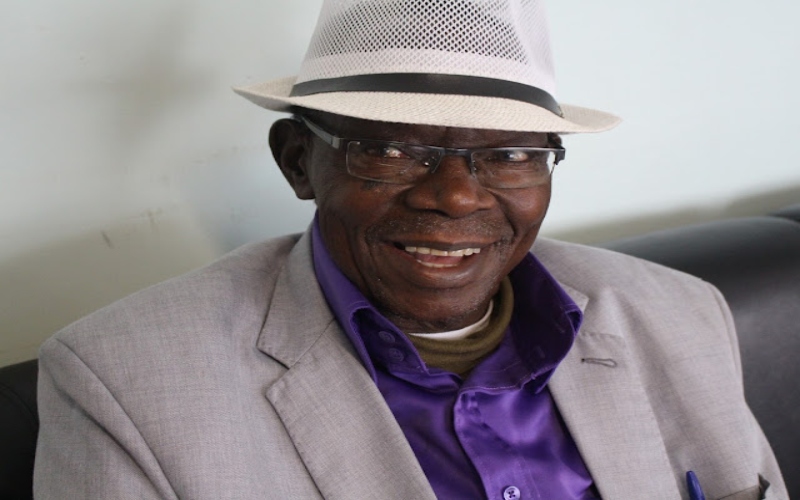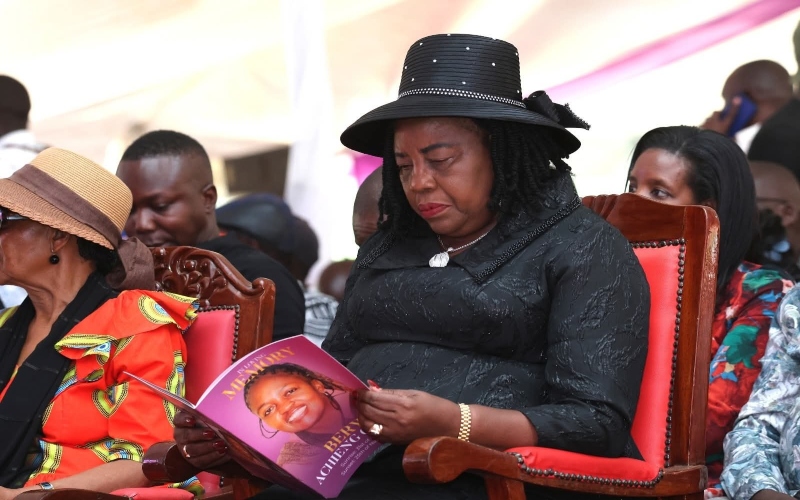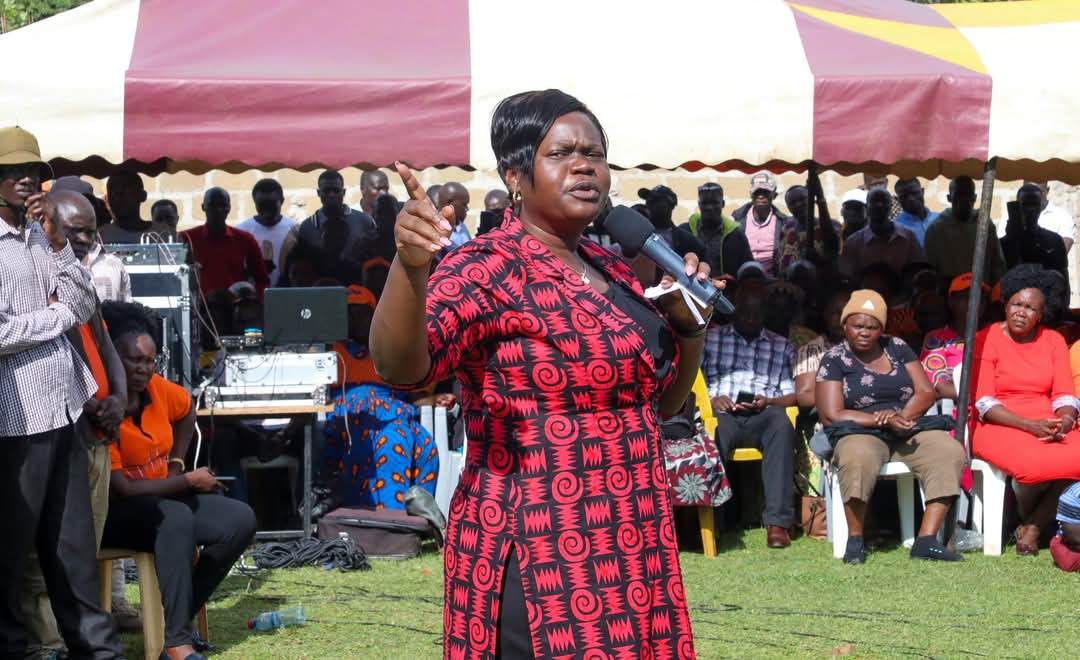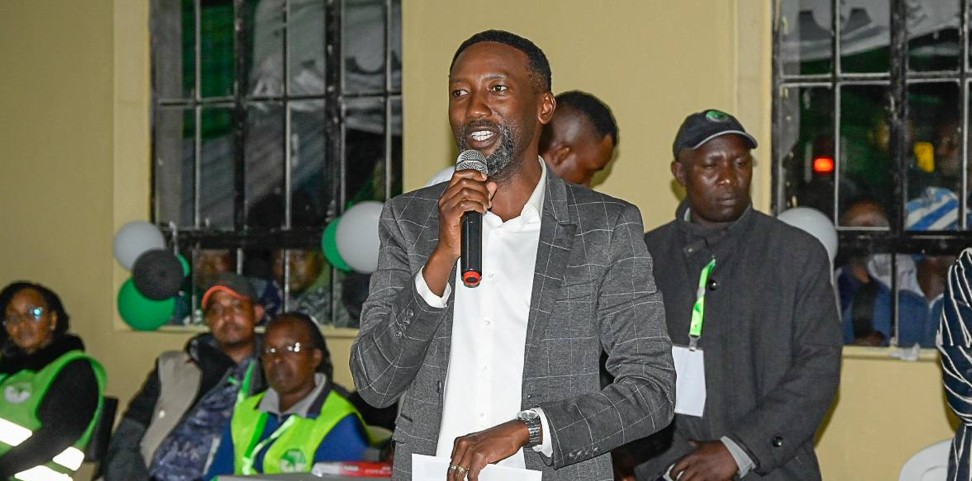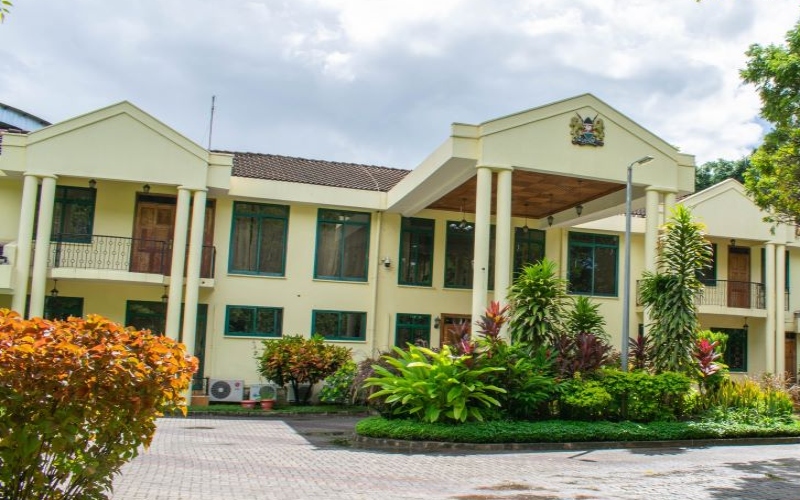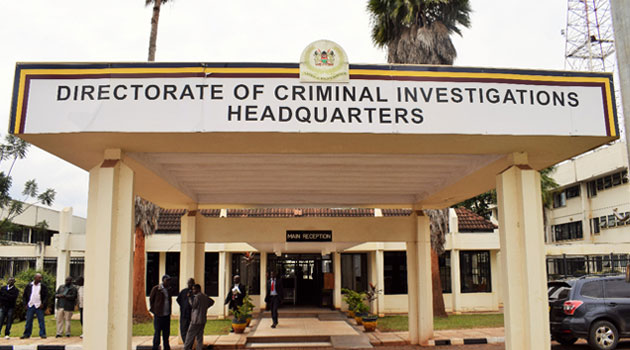Nairobi County seeks KAA partnership to boost fire response capacity

Nairobi has relied on the Koja fire station on Tom Mboya Street, which was built in 1907 and another in the Industrial Area, built in 1957.
Nairobi County wants to collaborate with the Kenya Airports Authority (KAA) to manage and operate fire stations at the Wilson and Jomo Kenyatta International airports in Nairobi.
The aim is to increase the county's capacity to respond to fires, Bramwell Simiyu, the Disaster Management and Coordination Chief Officer, told The Eastleigh Voice in an interview at City Hall on Wednesday.
More To Read
- City Hall opens six-month window to regularise non-compliant properties
- Kenya Airports Authority clarifies viral video of SUV convoy at JKIA, cites official state protocol
- RwandAir resumes Mombasa flights, launches Kigali–Zanzibar route after six years
- Governor Sakaja unveils six-borough structure to enhance service delivery
- City Hall moves to recognise urban farmers in policy review
- How Riruta’s upgrade to Level IV hospital is transforming healthcare across Dagoreti
"We are in discussions with the Kenya Airports Authority to man the fire stations at Wilson and Jomo Kenyatta International Airport. This, in some way, will help us increase our footprint," he said
Simiyu explained that if the agreement is sealed, the Wilson station will offer the airport primary support as well as cover the South C area.
"The surrounding areas will be within range for City Hall to support, particularly Langata and Southlands, which is one of the areas that experience frequent fires. This partnership will enhance our capacity to respond to fires."
City Hall said the JKIA fire station will be used to increase response in the Embakasi area.
Bramwell Simiyu: Nairobi County partners with Kenya Airports Authority to manage fire stations at Wilson and Jomo Kenyatta International airports. Previously, we relied on Koja fire station on Tom Mboya Street (1907) and another in Industrial Area (1957)
— The Eastleigh Voice (@Eastleighvoice) June 19, 2024
Read more:… pic.twitter.com/ccRIFuDiqm
Old fire stations
Nairobi has relied on the Koja fire station on Tom Mboya Street, which was built in 1907 and another in the Industrial Area, built in 1957.
However, through county-funded projects, the World Bank constructed two fire stations: Kangundo Road and Waithaka. There is also a station in Gigiri and another in Ruaraka, which was funded by the Belgian government.
Despite the decentralisation of the fire engines, the county has been accused of responding poorly to emergencies, with issues including releasing fire engines without enough water.
Fire engines are supposed to get their water from 4,044 hydrants in Nairobi but most of them were damaged during the construction of the Thika Superhighway.
It was reported in 2018 that only 103 of the 4,044 hydrants were functional.
According to Simuyu, at the moment, only 100 hydrants are functional.
Actions taken so far
In his manifesto, Nairobi Governor Johnson Sakaja pledged to construct four fire stations in Kangemi, Showground in Jamhuri, Gikomb, and Clay City.
For the current financial year, City Hall had projected to set up only three—Clay City, Gikomba and Kangemi—for Sh120 million.
Simiyu explained that several factors have caused City Hall to start with the construction of the Gikomba fire station at Sh60 million despite facing resistance from traders.
"We've broken ground, drilled the borehole, and set up the perimeter wall. The county held initial conversations with the traders about their relocation. There was a bit of resistance but we've been able to start and the contractor is on-site," he said
The market has suffered from perennial fire outbreaks, hence the traders' request for the county government to build a fire station to minimise their losses when such incidents occur.
City Hall plans to roll over the Kangemi fire station project to the financial year 2024-2025 while also aiming to complete the Clay City and Showground facilities before 2027.
"This will increase our station capacity from 6 to 10, which will give us a footprint across Nairobi. One way to mitigate these fires is to have a station so that, as a county, we can respond on time and save lives and property," Simuyu said.
Top Stories Today
